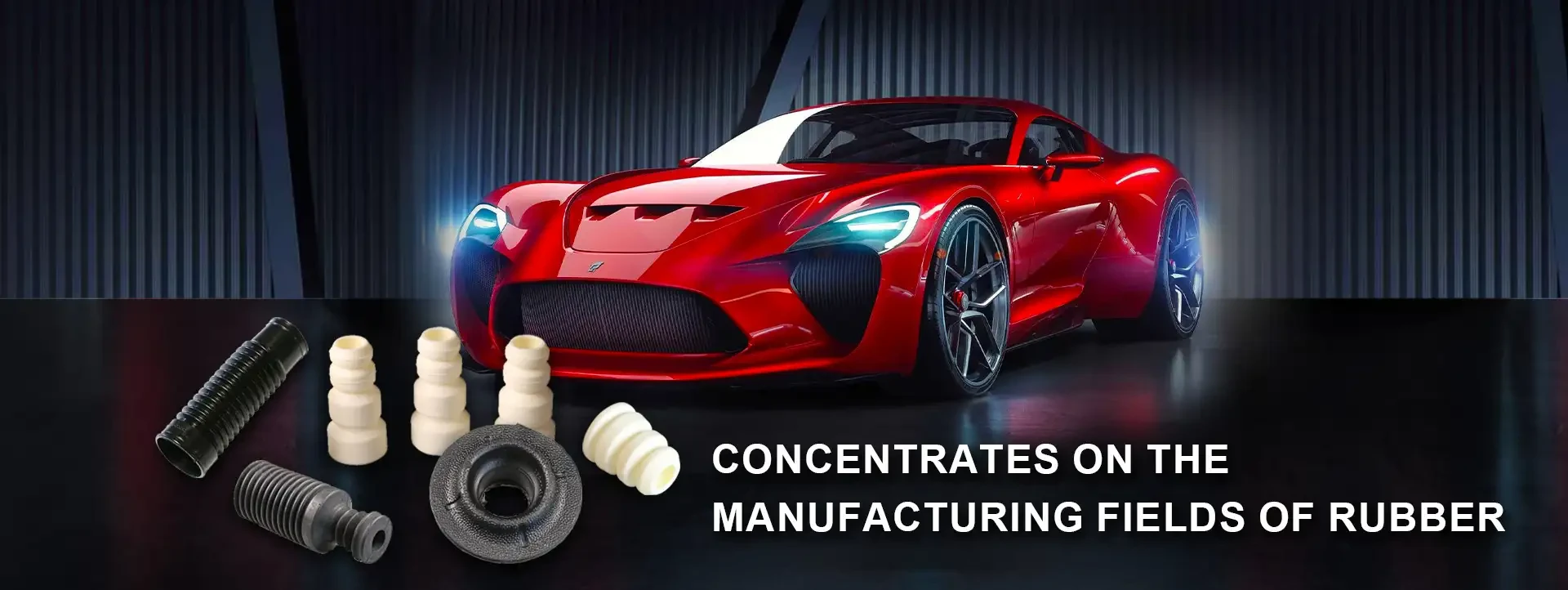10 月 . 20, 2024 01:02 Back to list
rubber oil seal
Understanding Rubber Oil Seals Essential Components for Machinery
Rubber oil seals are critical components utilized in a wide range of machinery and vehicles to prevent the leakage of oil and other fluids. They play a pivotal role in maintaining the performance and longevity of machinery by ensuring that fluids remain contained within designated areas. This article explores the importance, design, types, applications, and maintenance of rubber oil seals.
What are Rubber Oil Seals?
Rubber oil seals, also known as oil seals or fluid seals, are designed to retain lubricants and prevent the entry of contaminants into machinery. They create a barrier between moving parts and the external environment, thus enhancing the efficiency of mechanical systems. Typically made from elastomeric materials, rubber oil seals are flexible and can conform to various shapes, which makes them ideal for dynamic applications.
Importance of Rubber Oil Seals
The primary function of rubber oil seals is to prevent the leakage of lubricating oil from the engine, transmission, or other machinery. Oil leaks can lead to inadequate lubrication, causing increased friction, overheating, and eventual failure of the mechanical components. Moreover, rubber oil seals protect against the ingress of dirt, dust, moisture, and other contaminants that could compromise the integrity of lubricants, hence preserving the functionality of the machinery.
In addition to preventing leaks, rubber oil seals also contribute to the overall efficiency of machinery. By ensuring that lubricants remain in place, these seals enable engines and mechanisms to operate smoothly and efficiently, resulting in improved performance and reduced energy consumption.
Design and Types of Rubber Oil Seals
Rubber oil seals come in various designs and configurations, tailored to meet specific application needs. The most common types include
1. Rotary Oil Seals These are used in rotating machinery such as engines and gearboxes. They typically feature a lip that makes contact with the shaft, providing a barrier against oil leakage.
rubber oil seal

2. Static Seals Designed for applications where there is no movement, static seals provide a robust barrier against fluid seepage in stationary components.
3. Bonded Seals These seals combine rubber and metal to enhance durability and are often used in high-pressure applications.
4. Double Lip Seals Featuring two rubber lips, these seals offer increased protection against leakage and are ideal for demanding environments.
The choice of rubber material is also vital. Common materials include nitrile rubber (NBR), fluorocarbon rubber (FKM), and silicone, each offering different properties such as heat resistance, chemical compatibility, and flexibility.
Applications of Rubber Oil Seals
Rubber oil seals are found in numerous applications across various industries. They are commonly used in automotive engines, where they seal oil pans, crankshafts, and camshafts. Additionally, they are prevalent in industrial machinery, including hydraulic systems and gearboxes, ensuring the smooth operation of components.
Beyond automotive and industrial use, rubber oil seals are also significant in aerospace, marine, and agricultural applications, where they help maintain the integrity of machinery in challenging environments.
Maintenance and Lifespan
Regular maintenance of rubber oil seals is essential for ensuring their longevity and effectiveness. Operators should routinely inspect seals for signs of wear, such as cracking, hardening, or swelling. Proper lubrication and ensuring that seals are correctly installed can significantly extend their lifespan.
In summary, rubber oil seals are indispensable components of mechanical systems, providing essential protection against fluid leakage and contamination. Their design flexibility and material diversity allow them to cater to a wide array of applications, making them a vital part of machinery in various industries. Understanding the importance and functionality of these seals can lead to better maintenance practices and improved machine performance, ultimately contributing to greater operational efficiency and reduced costs. As technology continues to advance, the materials and methods used in manufacturing rubber oil seals are likely to evolve, offering even greater reliability and performance in the future.